Learn how to make a perfectly balanced Matcha Green Tea Latte at home! This energizing beverage combines premium matcha powder with your favorite milk for a smooth, creamy drink that’s packed with antioxidants and tastes far better than any coffee shop version.
A perfectly crafted Matcha Green Tea Latte has become my daily ritual since discovering how simple it is to make at home. I used to spend nearly $5 each morning at my local café for this energizing green elixir, often requesting “just half the sweetener, please.”
Eventually, I realized I could create this rejuvenating drink in my own kitchen for a fraction of the price, with complete control over the ingredients and sweetness level. The result? A superior latte that perfectly balances matcha’s earthy notes with creamy milk, providing sustained energy without the jitters coffee often brings.
What is Matcha Green Tea?
Matcha (抹茶, pronounced “ma-CHA”) is a finely ground powder made from specially grown and processed green tea leaves. Unlike regular green tea where you steep and discard the leaves, with matcha, you consume the entire leaf, dissolved in water.
The unique cultivation process involves shading the tea plants during the final weeks before harvest, which increases chlorophyll production and creates that distinctive vibrant green color. This process also boosts the production of L-theanine, an amino acid that provides a calm-yet-alert mental state.
Premium matcha has a complex flavor profile with notes of sweetness, umami, and pleasant bitterness. The quality can vary dramatically between grades, affecting both taste and health benefits. Ceremonial grade matcha is ideal for drinking, while culinary grade is better suited for baking and cooking.
When incorporated into a latte, matcha creates a harmonious balance of earthy tea flavors complemented by the creaminess of milk—a completely different experience from regular tea or coffee drinks.
How to Make Matcha Green Tea Latte
Key Ingredients
Creating the perfect matcha latte requires just three simple ingredients:

- Matcha powder – Ceremonial grade is best for lattes
- Hot water – Not boiling (around 175°F/80°C)
- Milk of choice – Both dairy and plant-based work well
- Sweetener (optional) – Pure maple syrup or honey work beautifully
The quality of your matcha powder is crucial for achieving that perfect balance of flavors. Premium ceremonial grade matcha offers natural sweetness with minimal bitterness, making it ideal for lattes. While it costs more upfront, the flavor difference is remarkable, and you’ll use less per serving than lower-quality alternatives.
For milk, I’ve experimented extensively and found that oat milk and organic soy milk create the creamiest, most satisfying texture with a subtle natural sweetness that complements matcha perfectly. Almond milk works well too, though with a thinner consistency. Surprisingly, cow’s milk often competes with matcha’s delicate flavor, which is why plant-based alternatives generally yield better results.
Essential Tools
For the best matcha latte experience, these tools make all the difference:
- Bamboo whisk (chasen) – The traditional tool that creates the perfect frothy texture
- Small fine-mesh strainer – Eliminates clumps for a silky-smooth drink
- Milk frother – Handheld or automatic for creating that perfect foamy top
- Wide ceramic cup or bowl – Provides adequate space for proper whisking
While you can substitute a small metal whisk or handheld frother for the bamboo whisk, the traditional chasen truly excels at breaking up matcha clumps and creating a smooth consistency with the perfect amount of froth.
Step-by-Step Preparation
- Sift the matcha – Place 1 teaspoon of ceremonial grade matcha powder into a fine-mesh strainer over a wide cup or bowl, then gently press through to eliminate clumps.
- Add hot water – Pour in ¼ cup of hot (not boiling) water at approximately 175°F/80°C. Using water that’s too hot can make the matcha taste bitter.
- Whisk properly – Using a bamboo whisk, create a rapid “W” or “M” motion (not circular) until the matcha is completely dissolved and slightly frothy on top. This usually takes about 30-45 seconds of vigorous whisking.
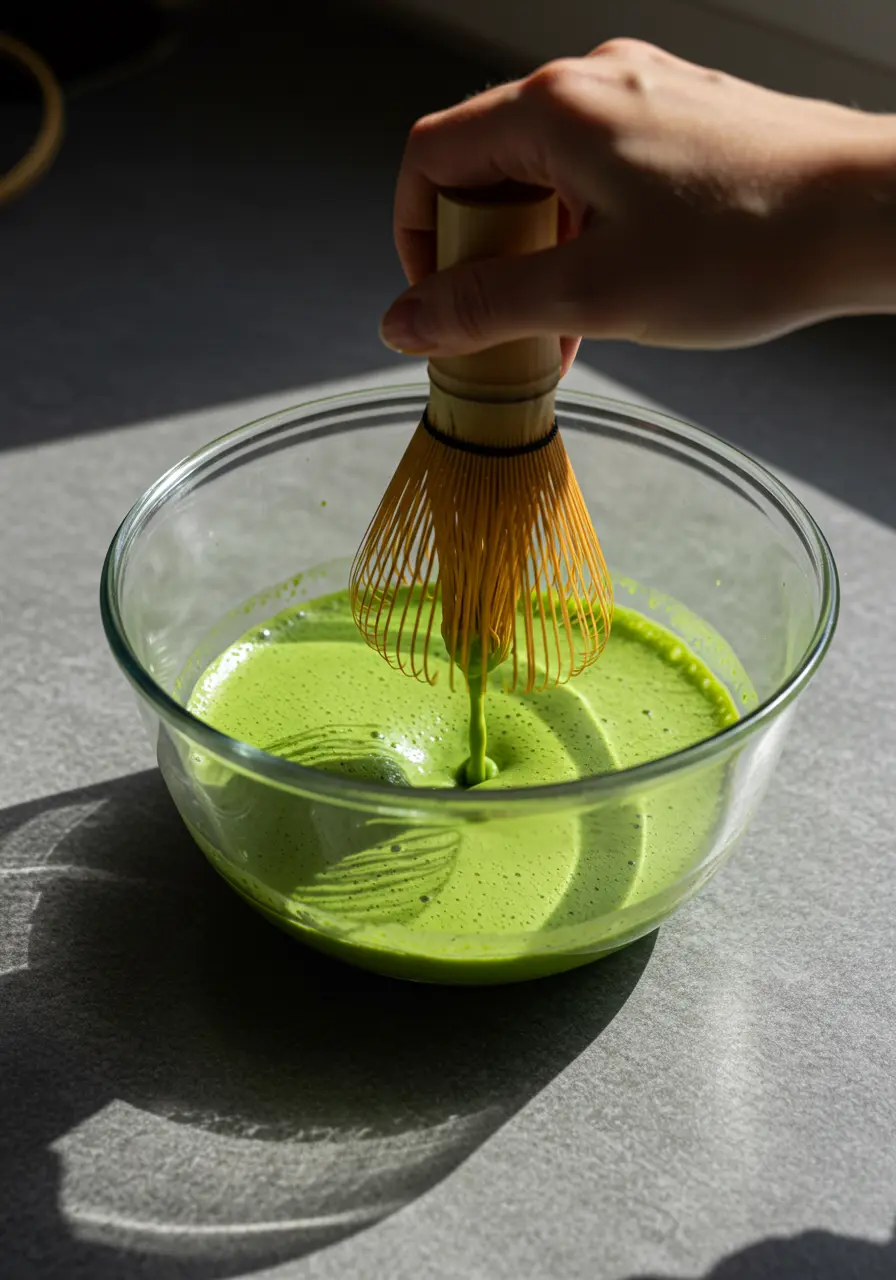
- Prepare your milk – Heat ½ cup of your preferred milk until steaming but not boiling. Froth using your preferred method until light and airy.
- Combine and serve – Pour the frothed milk over the matcha mixture in your mug. For an artistic touch, pour slowly in the center to create a natural layering effect.
- Sweeten if desired – Add a small amount of maple syrup, honey, or your preferred sweetener if desired, though high-quality matcha with the right milk often needs no additional sweetness.
Choosing Quality Matcha
The secret to an exceptional matcha latte lies primarily in the quality of your matcha powder. Here’s what to look for:
- Vibrant green color – Premium matcha should have a bright, vivid green hue, not dull or yellowish-brown
- Silky-fine texture – It should feel as fine as cosmetic powder between your fingers, not gritty
- Origin – The best matcha typically comes from Japan, particularly regions like Uji in Kyoto Prefecture
- Ceremonial grade – This highest grade is specifically intended for drinking, not baking
I recommend purchasing a small tin (30-40g) of high-quality ceremonial grade matcha rather than larger quantities. Matcha begins oxidizing once opened, gradually losing its vibrant color and complex flavor profile, so it’s best enjoyed fresh.
While premium matcha might seem expensive initially, each serving requires just 1 teaspoon, making the cost per cup quite reasonable—especially compared to coffee shop prices.
Matcha Shopping Guide
Matcha Grades Explained
Matcha typically falls into two main categories:
Ceremonial Grade:
- Vibrant green color
- Sweet, complex flavor with minimal bitterness
- Made from the youngest tea leaves
- Perfect for drinking straight or in lattes
- Higher price point but superior taste
Culinary Grade:
- Slightly less vibrant color
- Stronger, more bitter flavor that stands up to other ingredients
- Ideal for baking, cooking, and smoothies
- More affordable for recipes requiring larger amounts
For lattes, I strongly recommend ceremonial grade matcha. The smooth, naturally sweet flavor creates a balanced drink without requiring excessive sweeteners to mask bitterness.
Storage Tips
To maintain matcha’s quality after opening:
- Store in an airtight container
- Keep in a cool, dark place (not refrigerated)
- Use within 4-6 weeks of opening for optimal flavor
- Avoid exposure to heat, light, and moisture
Health Benefits of Matcha
Matcha Green Tea Latte offers numerous health advantages over your typical morning coffee:
- Sustained energy – The combination of caffeine and L-theanine provides 3-6 hours of steady alertness without crashes
- Antioxidant powerhouse – Contains catechins that help neutralize free radicals
- Metabolism support – May boost metabolic rate and support fat oxidation
- Mental clarity – L-theanine promotes alpha brain wave activity, supporting focus and concentration
- Calming effect – Creates alertness without the “nervous energy” often associated with coffee
Unlike coffee, which can sometimes upset the stomach, matcha tends to be gentler on the digestive system, making it an excellent morning alternative for those with sensitive stomachs.
Recipe Variations
- Iced Matcha Latte – Follow the same preparation method, then pour over ice for a refreshing summer version
- Vanilla Matcha Latte – Add a few drops of pure vanilla extract for subtle aromatic sweetness
- Spiced Matcha Latte – Incorporate a tiny pinch of cinnamon or cardamom for a warming twist
- Coconut Matcha Latte – Use coconut milk and a touch of coconut sugar for tropical notes
- Protein-Boosted Matcha – Add a small amount of unflavored collagen or plant protein for a nutritional boost
Frequently Asked Questions
What does matcha taste like? High-quality matcha has a complex flavor profile with grassy notes, pleasant umami, and natural sweetness. When combined with milk in a latte, these flavors mellow into a smooth, creamy, and subtly sweet drink.
How much caffeine is in a matcha latte? A typical matcha latte contains approximately 50-70mg of caffeine—roughly half to two-thirds the amount in a cup of coffee. However, matcha’s caffeine releases slowly due to its interaction with L-theanine, providing sustained energy without jitters.
Is matcha good for weight management? Research suggests matcha may support metabolism and fat oxidation. The EGCG (epigallocatechin gallate) in matcha has been shown to help boost cellular metabolic rate, potentially supporting weight management efforts when combined with a balanced diet and exercise.
Can I drink matcha every day? For most people, enjoying 1-2 matcha lattes daily is perfectly fine and may provide cumulative health benefits. However, as with any caffeinated beverage, moderation is key, especially for those sensitive to caffeine.
When is the best time to drink matcha? Morning or early afternoon is ideal for matcha consumption. The balanced energy it provides can help start your day positively or overcome an afternoon slump without disrupting sleep patterns later.
Print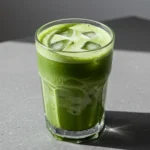
Matcha Green Tea Latte
Description
This energizing Matcha Green Tea Latte is smooth, creamy, and packed with antioxidants. Made with premium matcha powder and your choice of milk, it’s the perfect morning ritual that costs a fraction of coffee shop prices.
Ingredients
- 1 teaspoon ceremonial grade matcha powder
- ¼ cup hot water (175°F/80°C)
- ½ cup oat milk (or milk of choice)
- Sweetener (optional): maple syrup or honey to taste
Instructions
- Sift the matcha powder into a wide cup or small bowl using a fine-mesh strainer to eliminate clumps.
- Add hot (not boiling) water to the matcha powder.
- Using a bamboo whisk, vigorously whisk in an “M” or “W” motion until the matcha is completely dissolved and slightly frothy, about 30-45 seconds.
- Heat the milk until steaming, then froth using a milk frother or whisk until light and foamy.
- Pour the frothed milk over the matcha mixture in your serving cup.
- Add sweetener if desired, though high-quality matcha often needs no additional sweetness.
- Enjoy immediately while hot and frothy.
Notes
- For the best flavor, use ceremonial grade matcha powder rather than culinary grade.
- Water temperature matters—too hot will create bitterness. Aim for 175°F/80°C, not boiling.
- Plant-based milks like oat, soy, or almond generally complement matcha better than dairy milk.
- If you don’t have a bamboo whisk, a handheld milk frother can work in a pinch.
- Store matcha powder in an airtight container away from light and use within 4-6 weeks of opening for optimal flavor.
Prep Time: 3 minutes | Total Time: 5 minutes | Servings: 1 cup

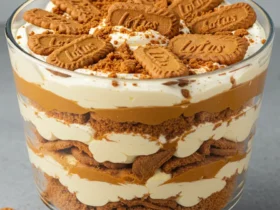

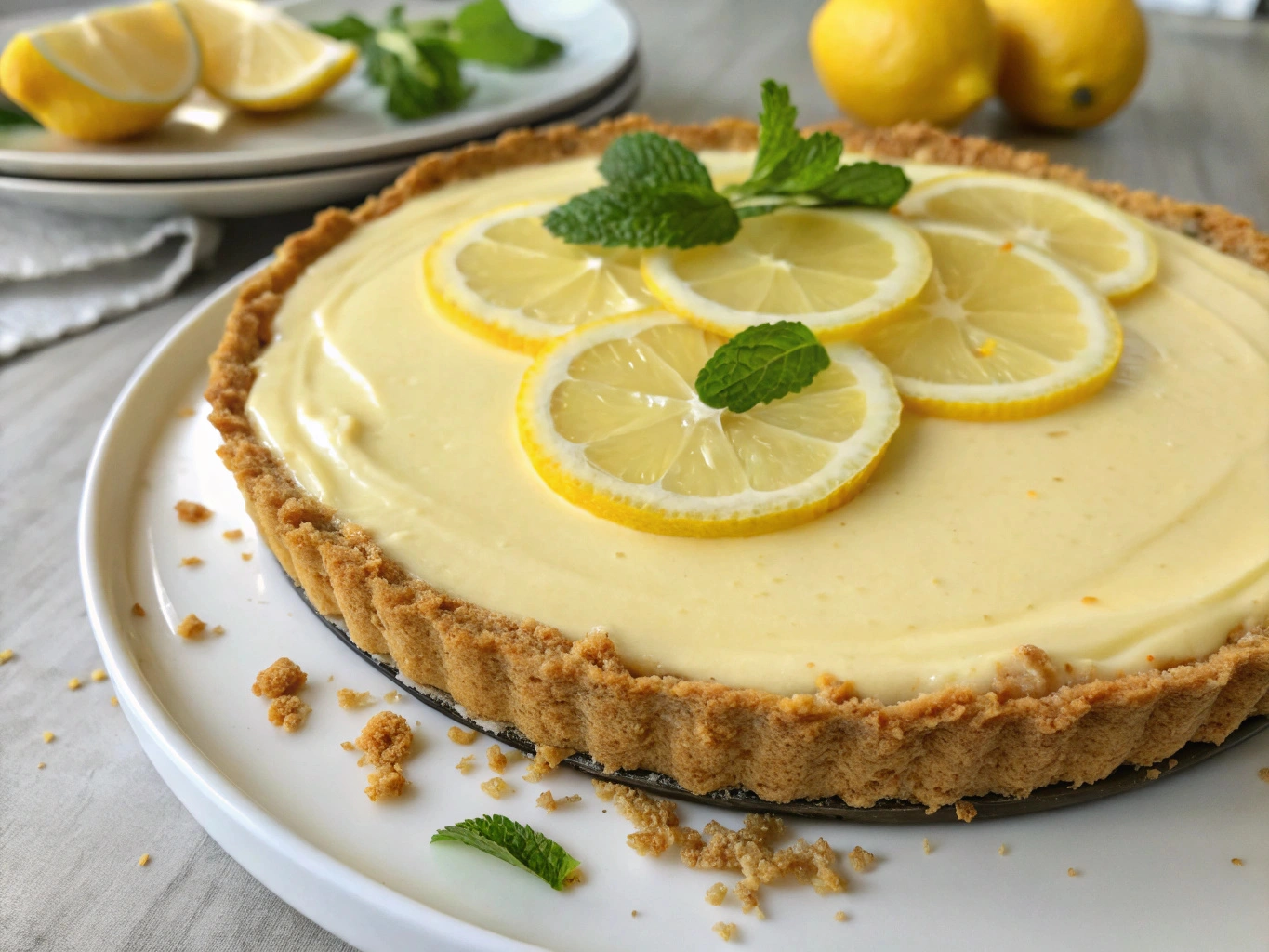
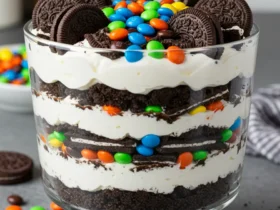



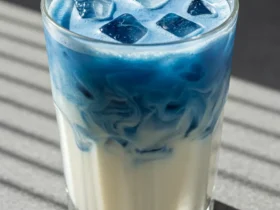
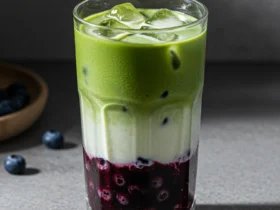
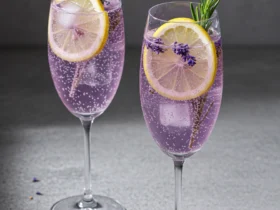
Leave a Reply